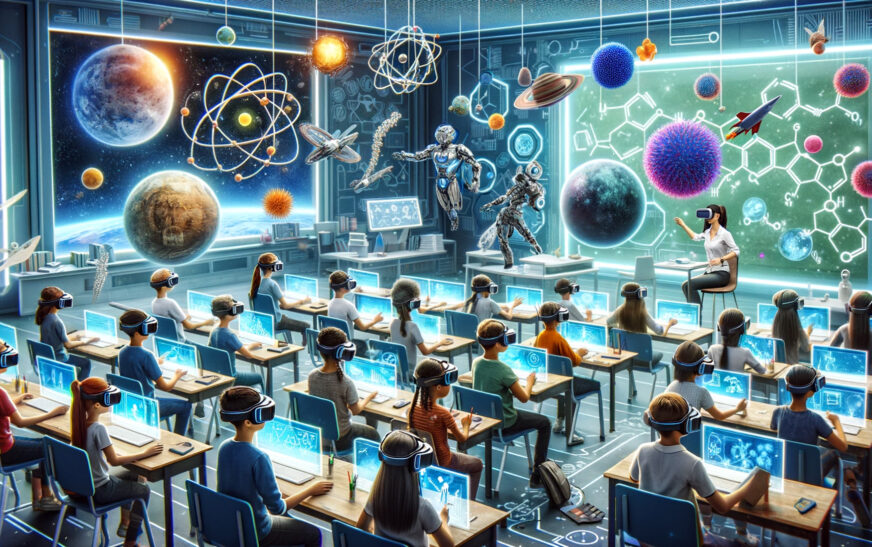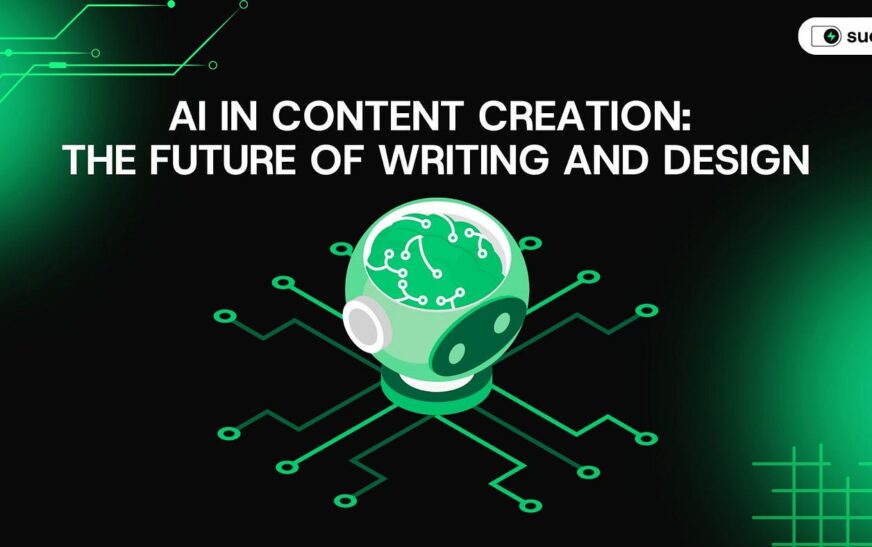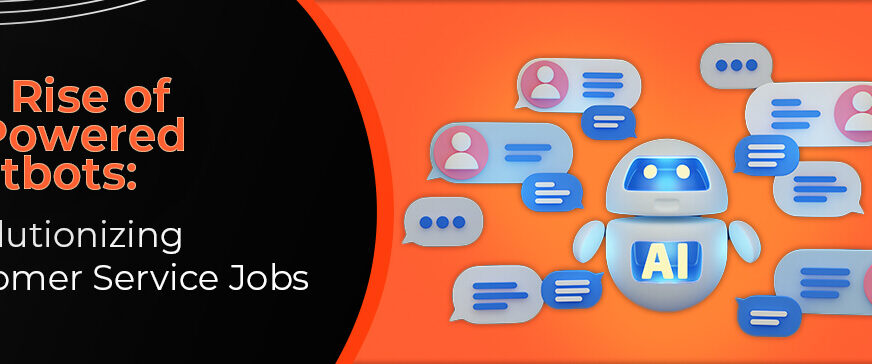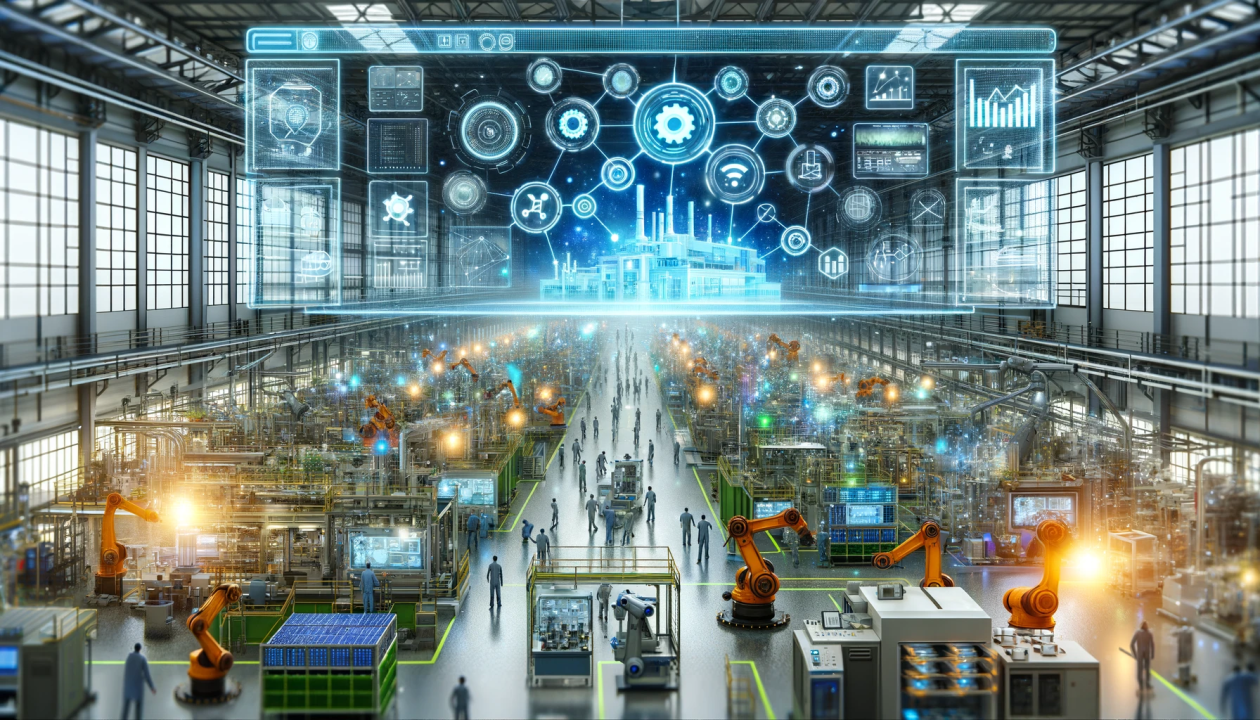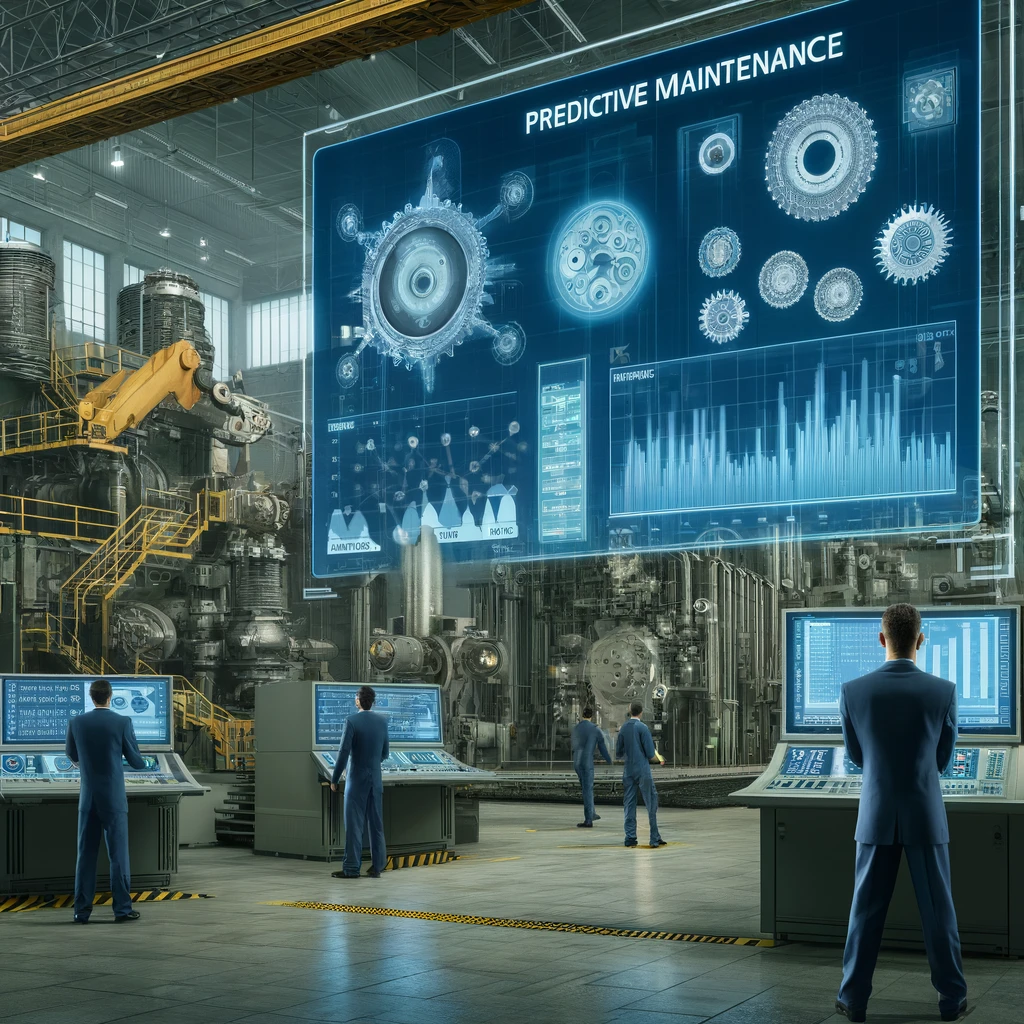Introduction to Virtual Reality (VR) in Education
Imagine stepping into a world where history comes alive, science experiments become immersive adventures, and students can explore the depths of the ocean or outer space without ever leaving their classrooms. This is not just a dream; it’s the reality that Virtual Reality (VR) brings to education today. As technology advances at breakneck speed, educators are discovering innovative ways to use VR as a powerful tool in teaching and learning. With its ability to create engaging experiences, VR is transforming traditional classrooms into dynamic environments where knowledge becomes memorable. In this blog post, we will delve into how VR is reshaping education and what it means for both teachers and students alike.
Benefits of Using VR in the Classroom
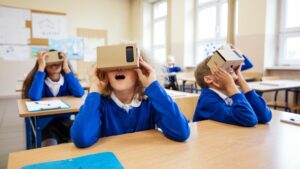 Virtual Reality transforms traditional education into an immersive experience. Students can explore concepts that once seemed distant or abstract. Imagine walking through ancient ruins or diving deep into the ocean without leaving your classroom.
Virtual Reality transforms traditional education into an immersive experience. Students can explore concepts that once seemed distant or abstract. Imagine walking through ancient ruins or diving deep into the ocean without leaving your classroom.
Engagement skyrockets when students interact with 3D environments. This hands-on approach enhances learning retention and makes lessons more memorable. Instead of reading about the solar system, learners can virtually navigate through it.
Collaborative VR experiences also foster teamwork among peers. Students work together on projects in shared virtual spaces, enhancing communication skills and building camaraderie.
Differentiated instruction becomes easier as well. Educators can tailor VR content to meet diverse needs, ensuring every student has access to personalized learning opportunities.
The excitement of new technology motivates learners who might struggle in conventional settings, bridging engagement gaps effectively.
Real-life Examples of VR in Education
Virtual reality is making waves in classrooms around the globe. One notable example is the use of VR by medical schools for training future doctors. Students can practice surgical techniques in a risk-free environment, honing their skills before entering real operating rooms.
In history classes, students journey back in time with immersive experiences. Imagine walking through ancient Rome or witnessing pivotal moments in American history firsthand. This engagement fosters deeper understanding and retention of information.
Art programs are also embracing VR technology. Students create 3D masterpieces that they can walk around and interact with, blurring the lines between traditional art forms and digital creativity.
Even language learning benefits from VR; learners converse with virtual native speakers, enhancing pronunciation and comprehension without leaving their classrooms. These examples highlight how VR transforms education into an interactive adventure rather than just textbooks and lectures.
Potential Challenges and Solutions for Implementing VR in Schools
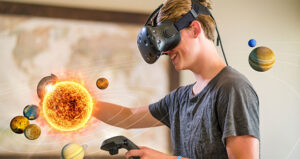 Implementing VR in schools comes with its own set of challenges. One major issue is the high cost of technology. Schools often operate on tight budgets, making it hard to invest in VR equipment and software.
Implementing VR in schools comes with its own set of challenges. One major issue is the high cost of technology. Schools often operate on tight budgets, making it hard to invest in VR equipment and software.
Another challenge is teacher training. Not all educators are familiar with how to use VR effectively. Without proper training, the potential benefits may go untapped.
Moreover, there can be concerns about student safety and health when using VR for extended periods. Ensuring that students take breaks and use devices correctly is essential.
To tackle these issues, schools can seek partnerships with tech companies for funding or grants. Online workshops could empower teachers by providing the necessary skills to introduce VR into their curriculum effectively.
Fostering a culture of innovation within educational institutions will also encourage experimentation while addressing these hurdles head-on.
The Future of VR in Education
The future of VR in education holds immense possibilities. As technology advances, virtual reality will become more accessible to schools around the world.
Imagine classrooms where students can explore ancient civilizations or dive into the depths of the ocean without leaving their desks. These immersive experiences transform learning from a passive activity into an engaging adventure.
Moreover, VR has the potential to cater to different learning styles. Visual learners can interact with 3D models, while kinesthetic learners can manipulate virtual objects for hands-on experience.
Collaboration is also set to evolve. Students from various locations can join together in a shared virtual space, fostering teamwork and cultural exchange.
As educational institutions embrace this innovative tool, teacher training will be essential. Educators must adapt and harness VR’s power effectively to maximize its impact on student engagement and retention rates.
Conclusion: The Impact of VR on the Future of Learning
The advent of virtual reality in education marks a significant shift in how students engage with learning material. VR has the potential to transform traditional classrooms into immersive environments that can enhance student understanding and retention. By providing hands-on experiences, educators can cater to various learning styles while sparking curiosity and creativity.
As schools continue to embrace technology, the integration of VR will likely grow more common. With ongoing advancements, we may see even more innovative applications emerge that could redefine educational experiences for future generations.
The impact of VR on the landscape of education is just beginning to unfold. It holds great promise for making lessons not only informative but also enjoyable and memorable, shaping how knowledge is imparted across diverse subjects and age groups. The possibilities are vast; as this technology evolves, so too will our methods of teaching—and ultimately—learning itself.

